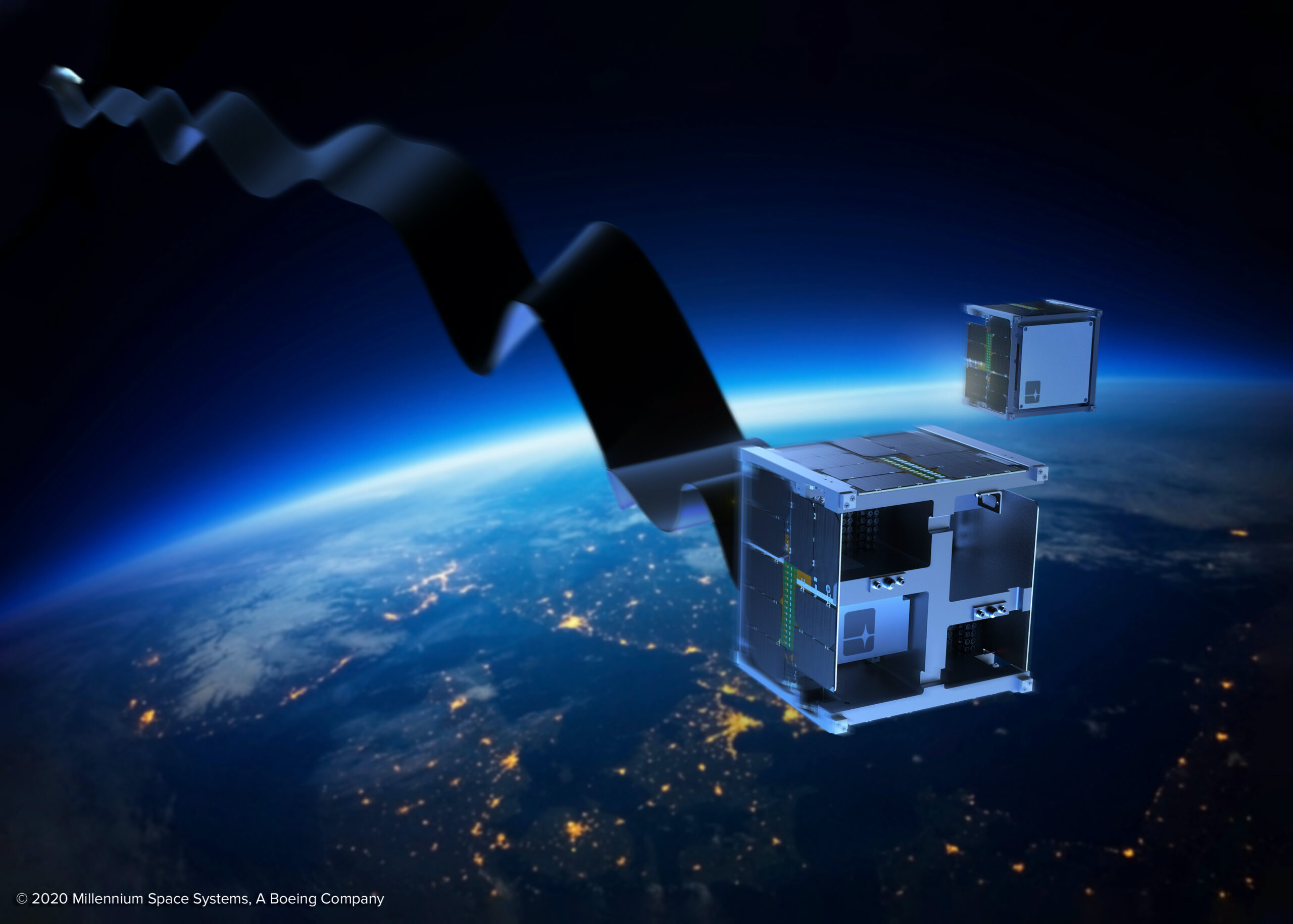There are several difficulties in planning a satellite mission that can lead to delays, increased costs, and even mission failure. Being conscious of these factors, the plan to launch a satellite mission should take steps to increase the chances of a satellite’s mission success.
- One of the most common oversights made when planning a satellite mission is buying a launch slot before finding a suitable satellite or mission provider. Purchasing a place on a rocket launch too early can lead to a tight production schedule and increased costs, as the customer may need to rush to find a provider that meets their needs.
- Depending on launcher, the satellite may need to arrive at the launch pad two or three months before the launch for launch vehicle integration. This timeframe must be accounted for in the project schedule and payload development.
- Another error often made is taking data or parameters on the provider’s website for granted. It is always good practice to double-check the numbers with the supplier, as your concept of operations or operational orbit can impact all those metrics.
- If the plan is to operate the satellite, it is essential to consider who will be responsible for its frequency licensing. If you are doing it for the first time, it can take up to 18 months, depending on the bandwidth.
- Delivering the payload too late. For the payload to work properly inspections and functional tests are needed and then full integration and testing. Depending on the payload, these processes can take time and require some margins.
- Overlooking what the market can provide may lead to additional NRE (Non-Recurring Engineering) in the satellite design stage. For example, some payloads apply the 10x10x10cm CubeSat standard to the outer dimensions of the payload. This does not fit the inner interface points of typical small satellite frames, necessitating custom frame designs. It is always good practice to check.
- Process for satellite registration. Different countries also have different requirements that a registered spacecraft needs to meet. For example, satellites registered in the UK need an onboard propulsion system to mitigate space debris or collision risks. For these reasons, the satellite registration process must begin as early as possible. To have information about regulation of satellite systems, check International Telecommunications Union website.
- Some missions, for example, doing Earth observation, will be limited in payload operations when orbital maintenance, orbit raising or lowering, formation flying, or phasing manoeuvres are being executed. Depending on the chosen propulsion system and manoeuvre complexity, this can mean up to several weeks of reduced payload operations.

Stratosphere S.A. Has a beyond state technology fully aligned with the major tech trends. The company developed over the last 10 years technology for SHM, WHM and IVHM, AFS and Small Satellites. Our technology is one of the most advanced frameworks in the Industry.
Stratosphere S.A. is a global provider of integrated health management solutions. The robustness and integration of its solutions are the pinnacle of SHM systems.
bizdev@stratosphere-tech.com

